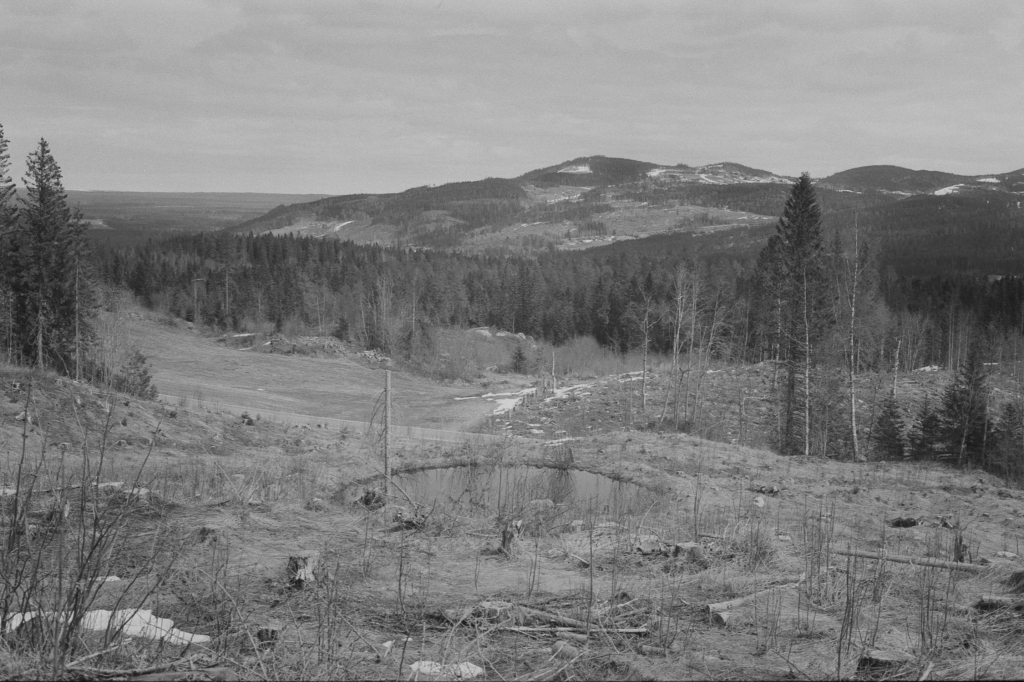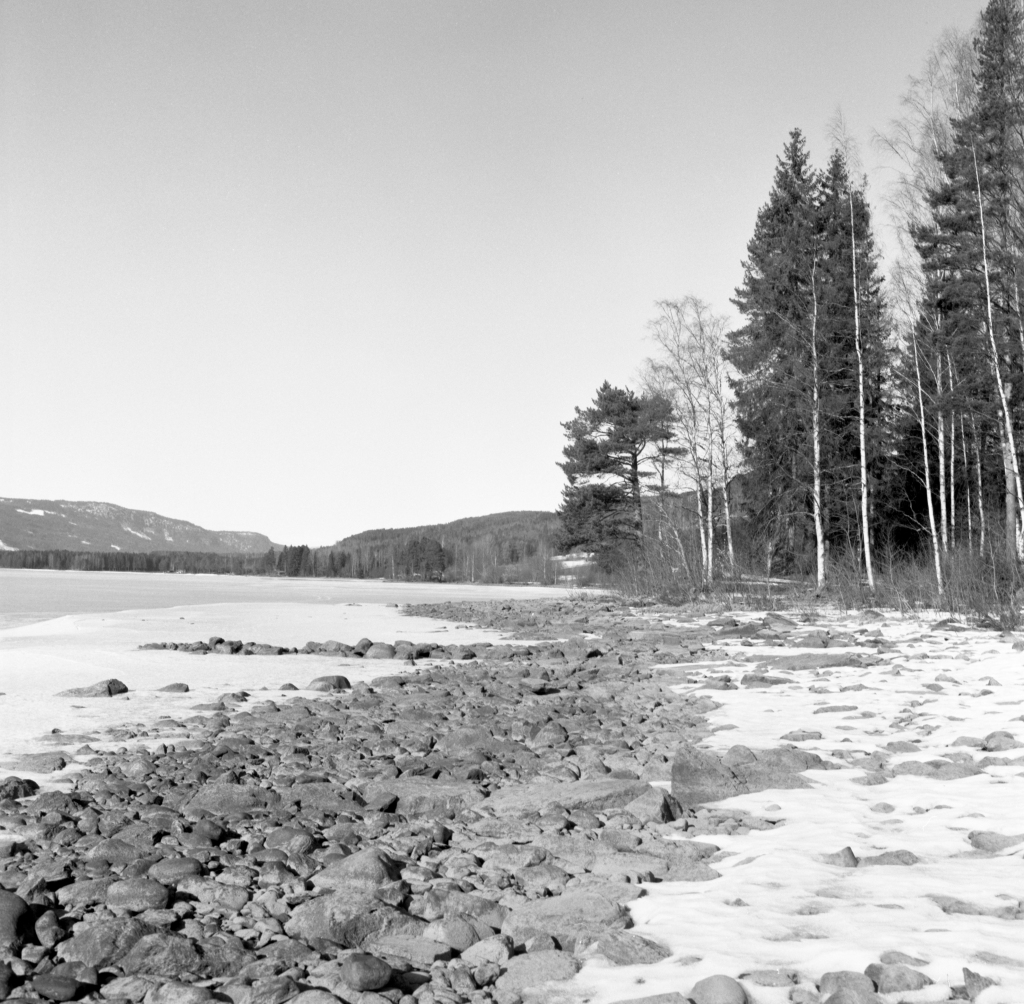Sometimes you are really lucky. A few weeks ago, I signed up for the news-letter from a Youtube-channel run by a Canadian photographer named Azreal Knight. If you have not heard about his channel, you should really check it out. A lot of interesting content about analog photography. By signing up to this news letter, I also entered into a little «lottery» or whatever you would call it, and I won. When the price arrived, the box was rather big and I was curious what was in the box.
The content of the box was: One roll of Ilford HP5 plus, one roll of Kodak Gold 200, a selection of stickers, a really cool box-set of darkroom prints of the best Azreal Knight images of 2020… AND… A weird and huge BEAST of a 35mm camera. An Olympus iS-1.

This camera did not make sense to me at all when I first held it in my hand. It was huge and bulky, heavier than my Hasselblad 500C, has a plastic feel to it and the design is best described with the word hideous. At the same time, I am a big fan of Olympus and their lenses never let me down, so I was curious to try it out.
Loading the camera was actually rather fiddly. The take up spool is in the back-door of the camera, in a purpose built box on the back making up most of the bulky design of the back side of the camera. This sounds like a great idea as you would not ruin your whole roll if you should be unlucky and open the back door mid-roll. At the same time, getting the film to load properly is difficult because the motion of closing the door makes the film curl up and away from the take-up spool.

In use, the camera is an interesting experience. Even though I don’t really feel that this is a camera for me, I did enjoy using it. Not to be mistaken, there are a lot of small problems with this camera that I find to be very annoying, but using it is very different from using any kind of SLR og PaS-camera I have ever used. This belongs somewhere in the middle from my understanding.
First of all, the camera is heavy and bulky and does not really fit my hand very well. Especially the part about the ergonomics I fear would make me not bring the camera along.
Second, the camera has one of the slowest and least precise AF-systems I have used in a long time, and focusing it manually is fiddly and difficult as well. I ended up doubling and sometimes tripling the shots on many occasions to be sure I had something usable at least.
Third, due to its size and weight, this camera is difficult to hand-hold even at shutter speeds around 1/100, and many of my images shows severe camera shake. Even images I know were shot at 1/100 and above.

On the positive side, I must say that the lens is its Olympus name worthy. It performs very well both on its widest and longest settings and the when the AF hits it seems to be a very sharp lens.
As you can see through the images and their captions, I went for Ilford HP5-plus for my test this time. I actually used the roll that came with the camera. This is a film I use often and that I find works very well with the conditions like what I had on this day. Overcast with a bit of rain. I find that this film adds an extra element of texture to the images in a very nice way with its grain-structure which is visible, but pleasing. Even in 35mm shooting.
































































